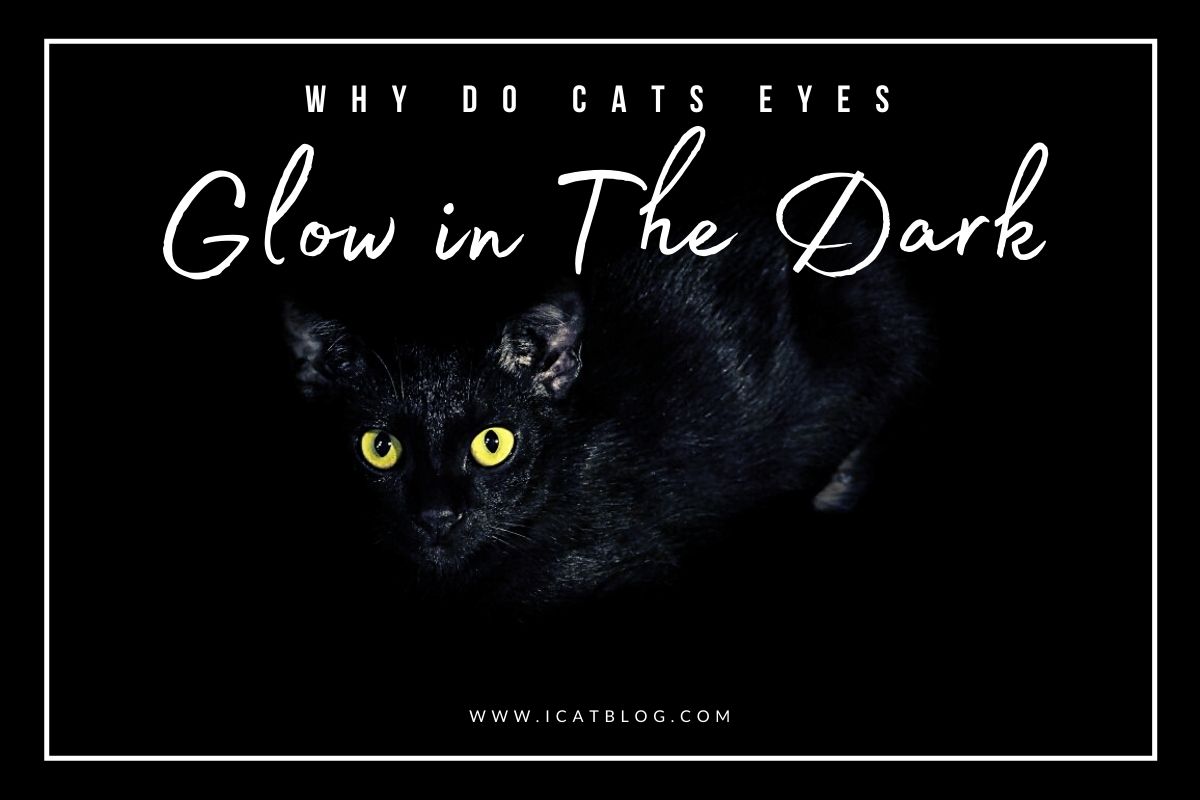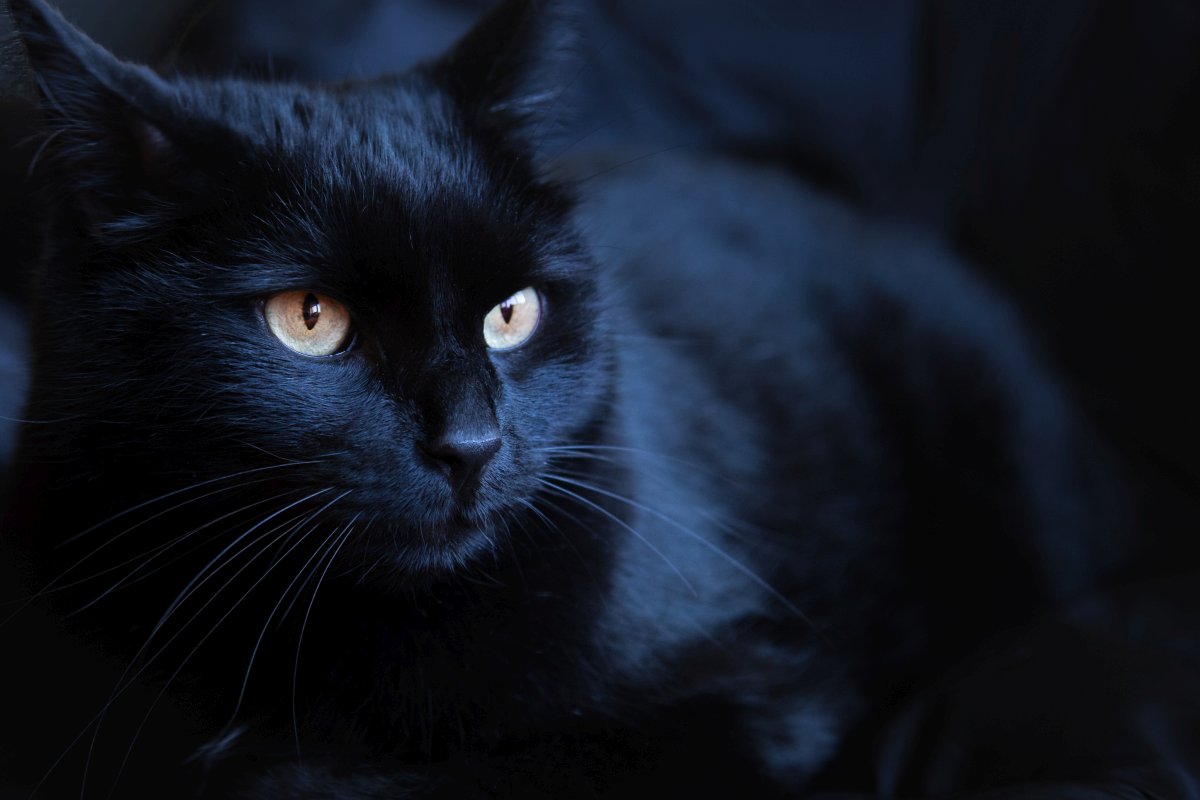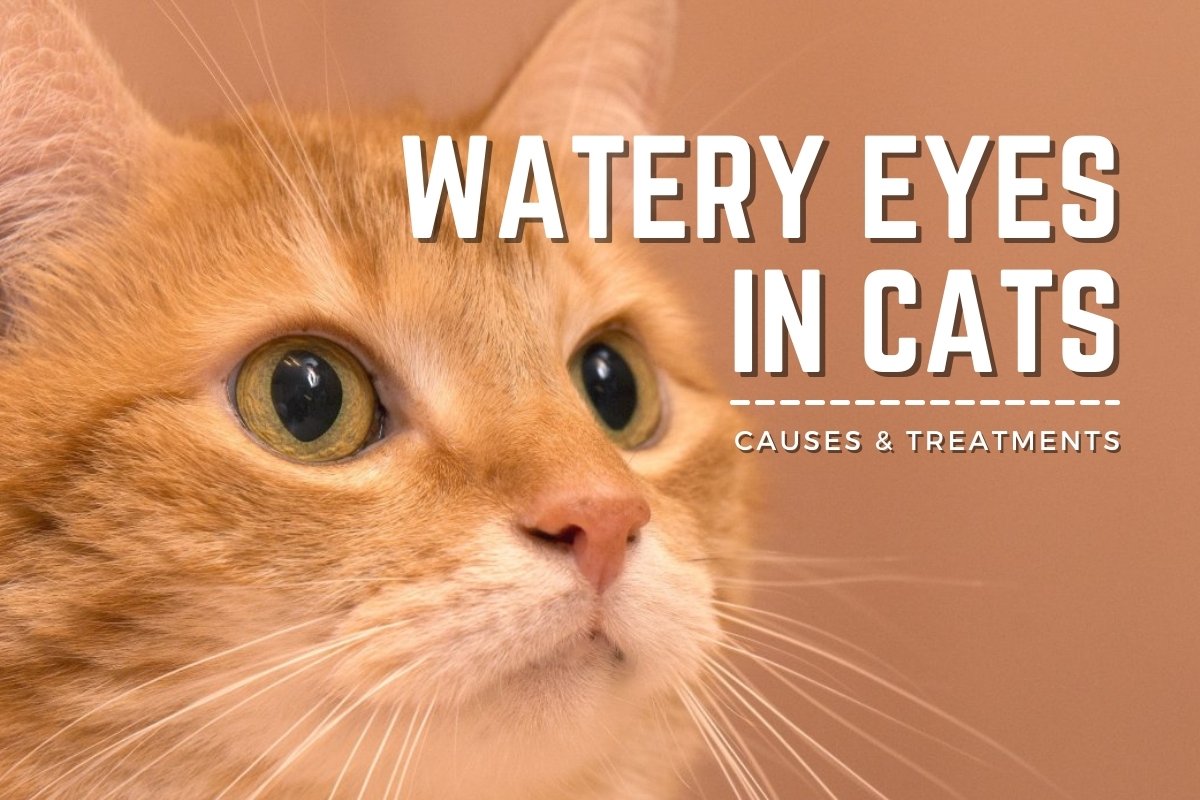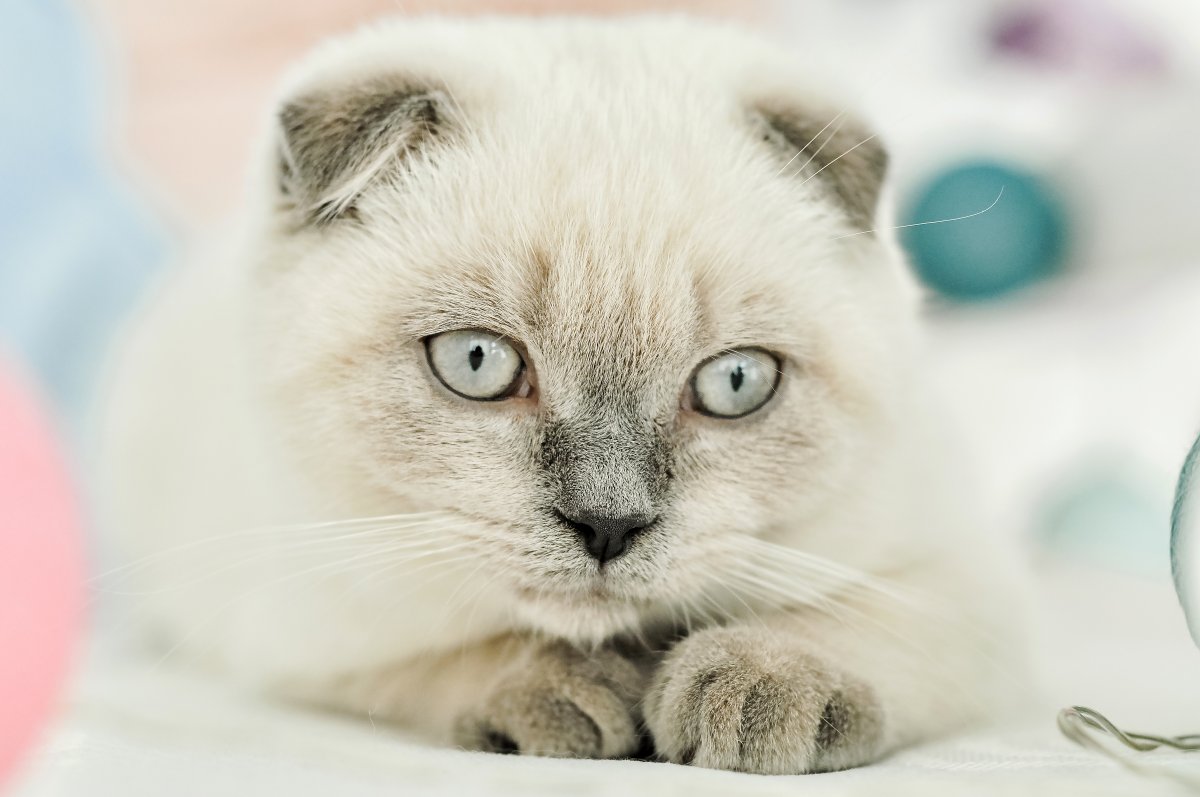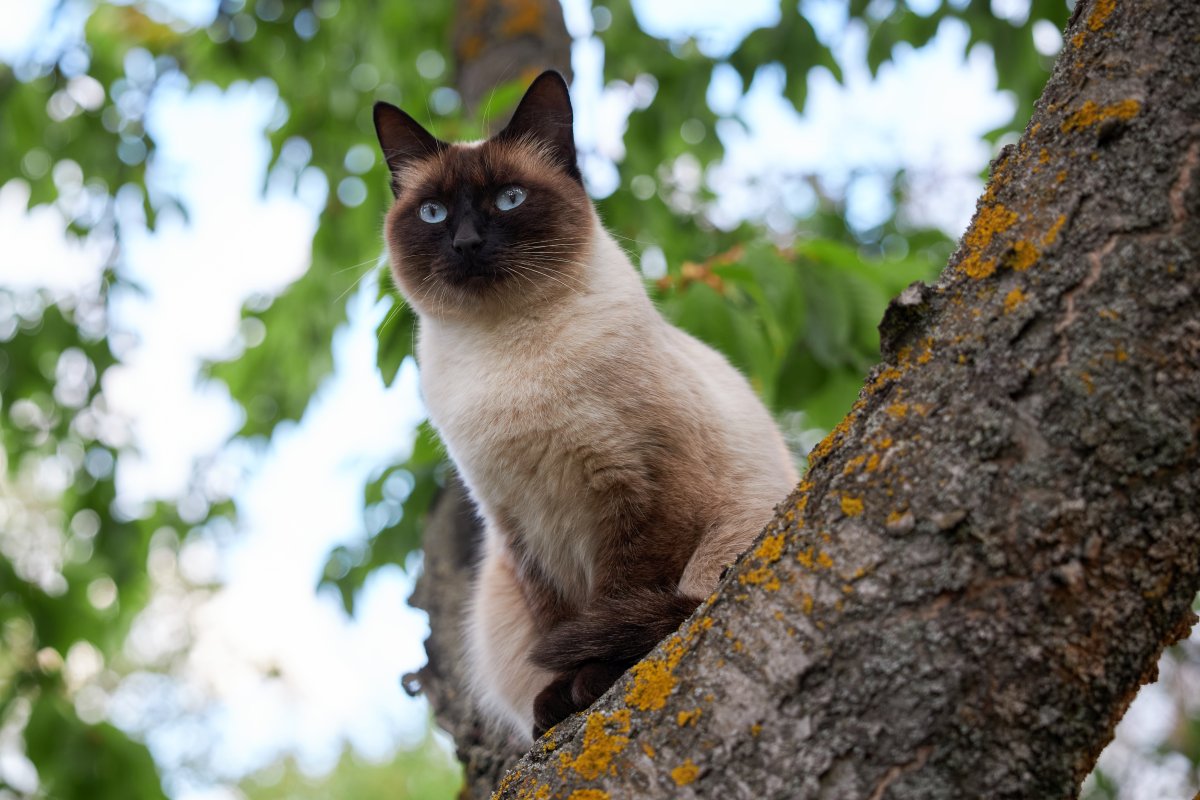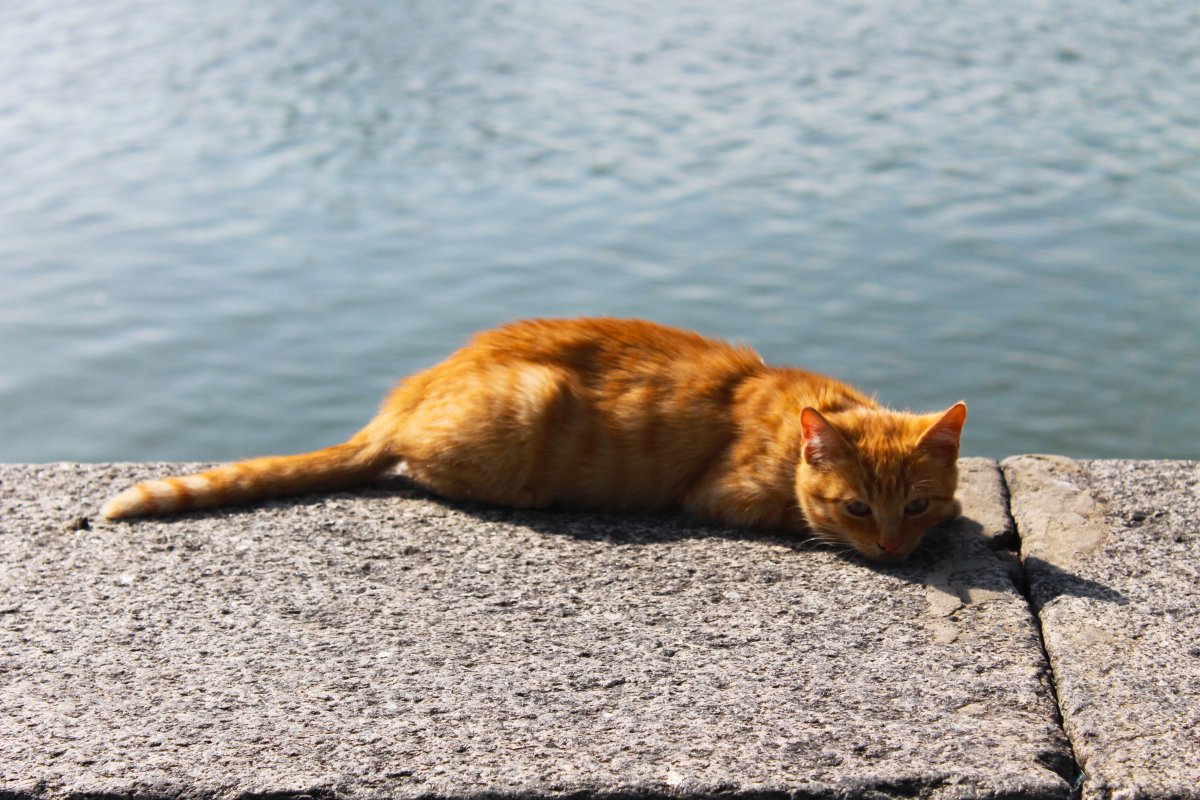Horrified of a Cat’s Glowing Eyes? Here Is Why It Happens!
Have you ever been utterly creeped out by a cat’s glowing eyes in the dark? Don’t be ashamed to admit it; we all have been in your shoes at some point in our lives. No matter how much one loves felines, the glow-in-the-dark eyes of cats can sometimes turn into a creepy and horrifying sight.
Although, a cat’s eyes don’t literally glow in the dark. But they appear to shine brightly, almost like glowing when light flashes into their eyes or you see them from a particular angle. According to science – after years of studies into the hows and whos of it, it has been found out that cats aren’t the only ones with this distinct shine in their eyes. While mammals and rodents don’t seem to have many similarities with cats, they do have this one.
It is a trait that causes their eyes to shine in a distinct way because of a kind of tapetum lucidum called the choroidal tapetum cellulosum.
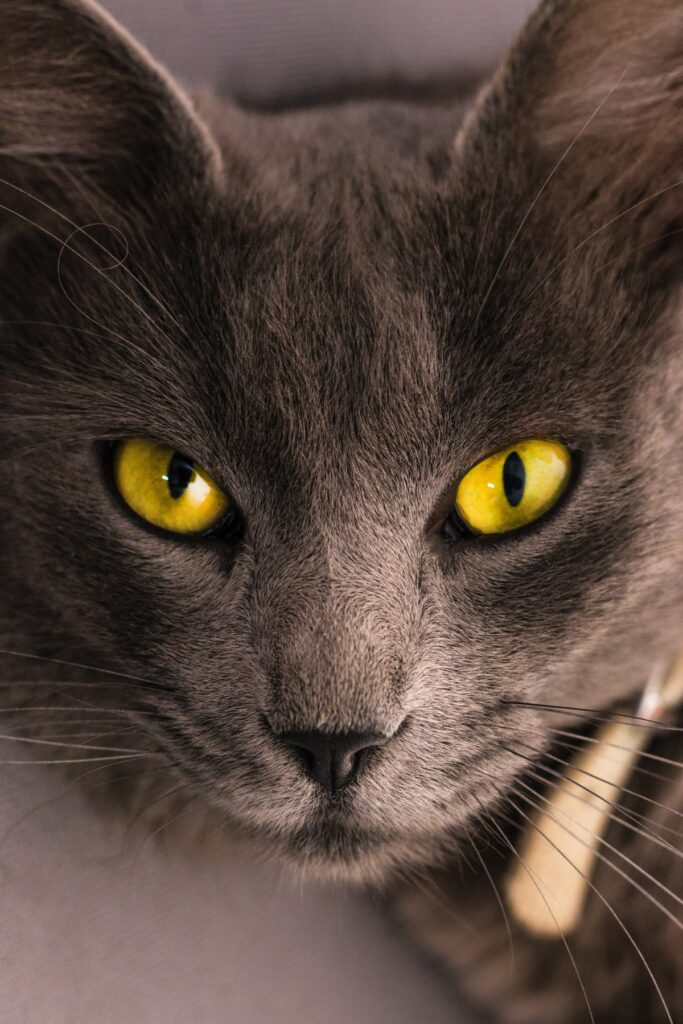
What is Tapetum Lucidum?
The term ‘Tapetum Lucidum’ has been derived from Latin roots, translating to ‘bright tapestry’. This term is referred to the trait that makes a cat’s eyes glow, the reflective layer present inside many nocturnal animals’ eyes. This layer is mainly responsible for reflecting any light that passes the retina.
After once, it reflects the light through the retina again and results in one ray of light shining in the animal’s eye twice – what it seems like glowing to us. This is referred to as eyeshine in cat science. When a beam of light is reflected out of a cat’s eye, we get the glowing effect.
Most animals found with a tapetum lucidum are nocturnal and habitats of environments and areas that entertain meager lights, like fishes in the depths of the sea, where any lights turn into darkness. The actual purpose of tapetum lucidum is to help these nocturnal animals see better in low lights and helps reflect the light out of the eye that may be sensitive. This is what causes a cat’s eyes to shine and glow in the dark.
Most dry-nosed primates, including humans, are meant to be awake in the day and asleep in the dark of the night. This is why we don’t have tapetum lucidum to navigate through dark nights like cats. But there is still another kind of shine that can be noticed in a human’s eye sometimes, for example, while taking photographs with a red-eye effect. This is also called eyeshine and is constructed similarly in humans like cats. But this is present on the interior surface of the eye. Humans have tapetum lucidum too, or else they won’t be able to see reflections in environments with low lights in the absence of harsh lights.
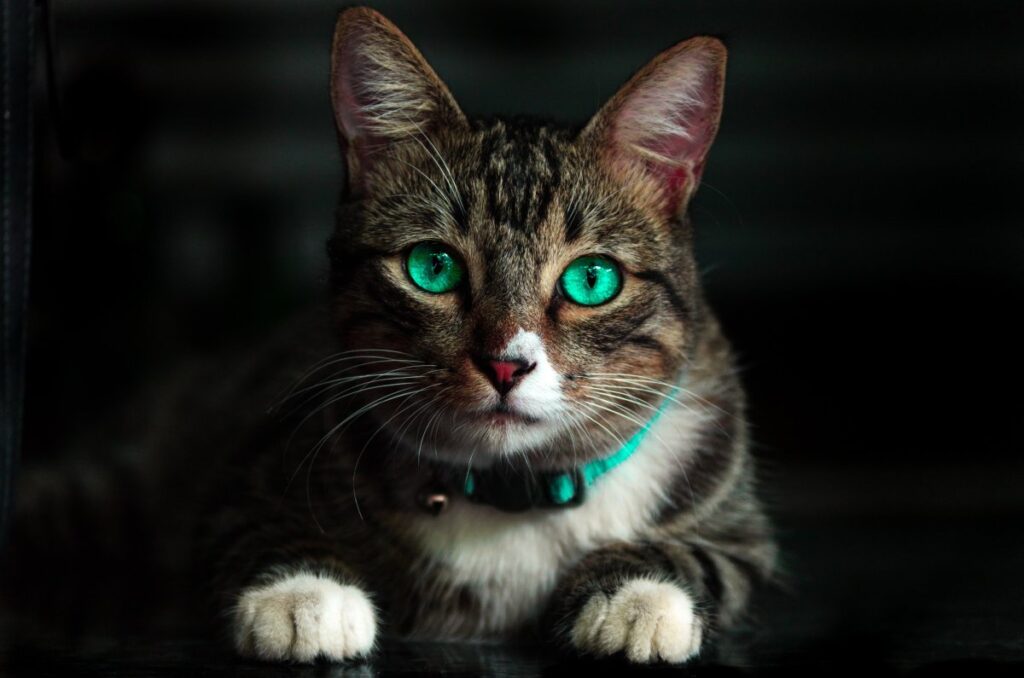
How Does It Work?
As mentioned above, Tapetum locidum present in a cat’s eye is one of the four classifications known as choroidal tapetum cellulosum. This type of septum locidum (“translucent wall”) is constructed in a cat’s eye with four distinct layers of cells of reflective crystals. While this type of tapetum locidum is found in many nocturnal animals, the organization of crystals and cellular makeup are remarkably different in different species.
The tapetum locidum found in a cat’s eye usually reflects lights irrespective of its minimum or maximum extent. Even if a minimal amount of light passes a cat’s retina twice, it won’t reflect and portray a considerably clearer vision. Due to this double reflection duty a cat’s eye performs, it is much more sensitive to harsh and bright light than a human’s eye.
If we put it simply and define it in a layman’s language, a cat’s eye can see a light that is far from the reach of a human eye’s recognition.
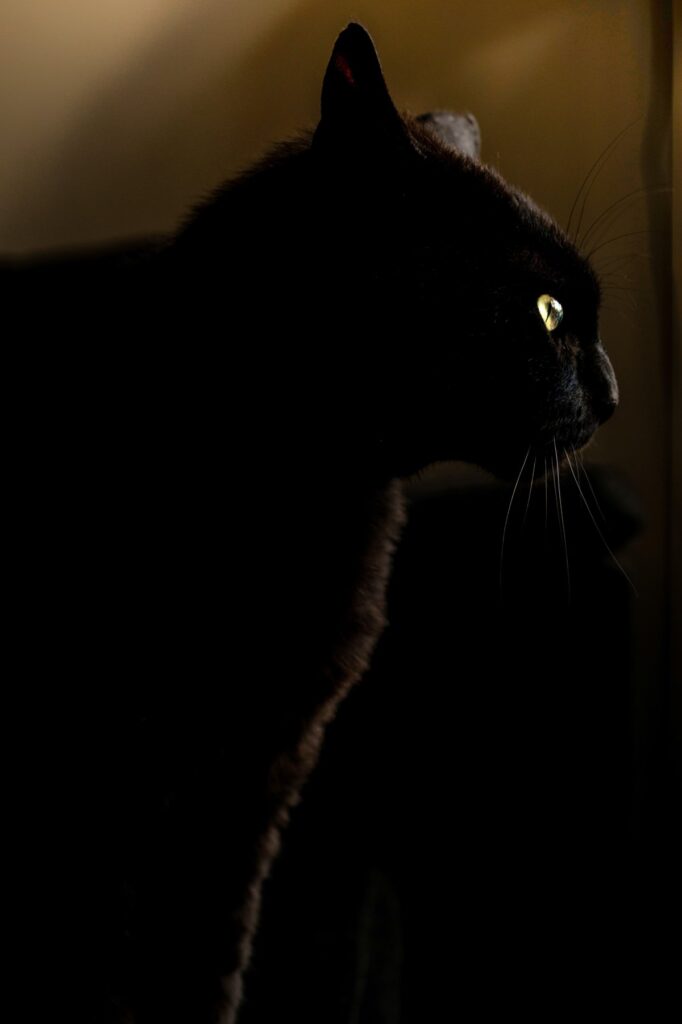
The Concept of an Eyeshine
Now that we have understood the rest, let’s move on to the concept of eyeshine in cats. This is a scientific term used to define the shine and glow we see in cats or any nocturnal animal’s eye -or sometimes a human’s eye under the red-light effect. We see an effect of the eyeshine when the beam of any light is reflected off of the cat’s tapetum lucidum.
In every animal, there is a distinctive color of tapetum lucidum that can overpower the color of their eyeshine. For example, in tigers, we see a green glow in their eyes because the tapetum locidum and eyeshine in their eyes are of green color. The eyeshine color might change in different directions because it is a kind of luminescence. Hence you may notice a change in color of the eyeshine seen in a cat when seen from different angles at even one point.
This is why the eyes of cats or dogs may show both a red-eye effect and an eyeshine when light is flashed into them, as what happens to humans. You can see that when a flashing of the light is seen in a cat from low light, it will appear as an eyeshine. But in case of bright and harsh flash being used amidst photographing sessions, a cat or dog’s eye will appear to have a red-eye effect like that of humans while being photographed.
Conclusion
In conclusion, what we see as a glowing light in a cat’s eyes is, in reality, a reflection. So no need to be creeped out or horrified by the shining eyes of cats because it is merely a way for their eyes to cope with harsh lights and navigate in low-light environments.
So if you see bright and glowing eyes in kitties, don’t freak out; it just means their eyes function correctly as nature has designed them to be, and it is a sign of good health of a cat’s eyes.

